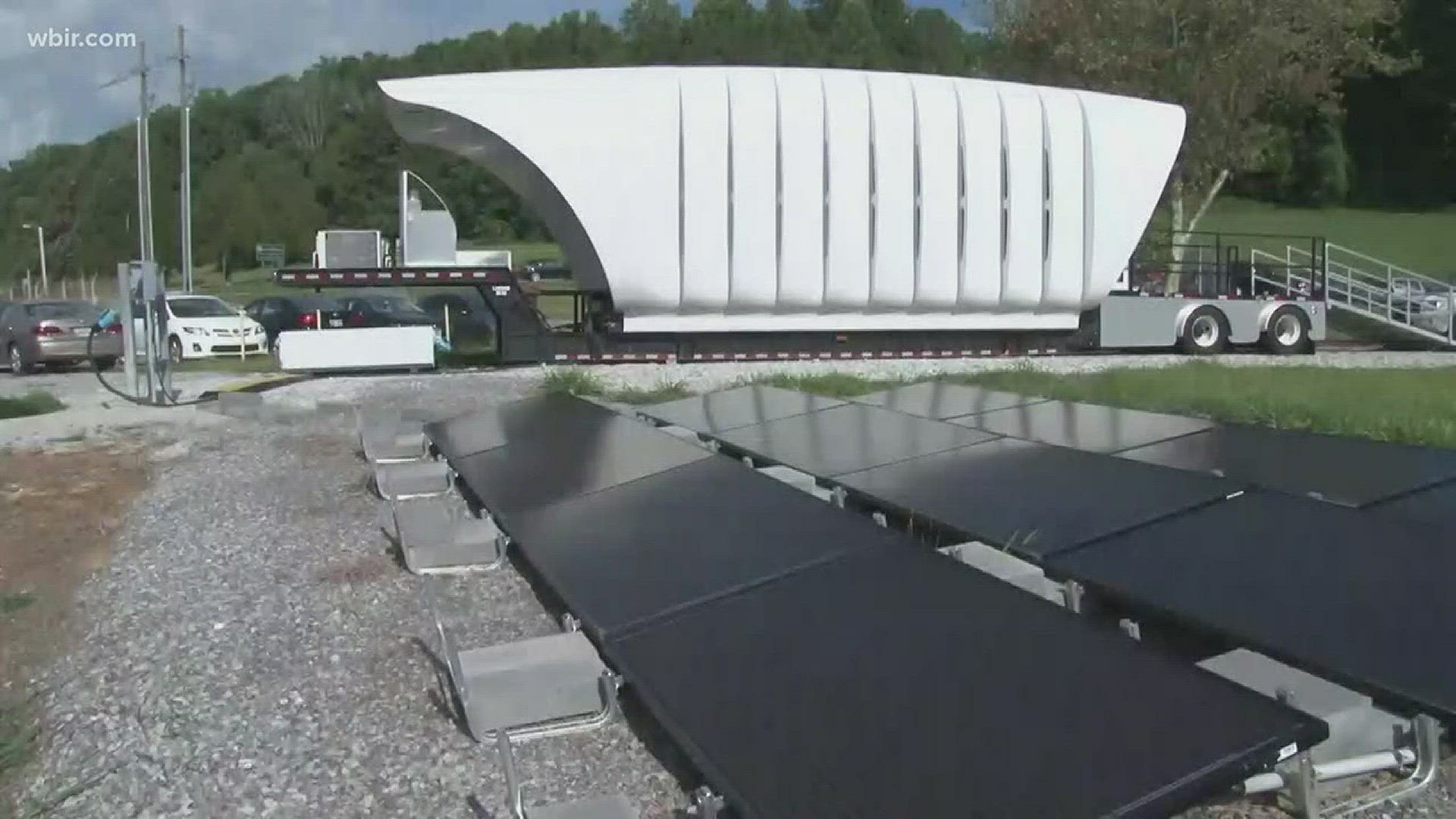Oak Ridge — Many of us enjoy a home that's comfortable, affordable and safe.
But for more than a billion people around the world, that's not the case.
Research at Oak Ridge National Laboratory could help solve the global housing crisis that affects billions of people.
"This process works very similarly to the desktop 3D printers you can find at staples or OfficeMax, but it's on a much larger scale," said Brian Post, ORNL scientist. "It's kind of those machines on steroids."
Research with 3D printing technology at the Oak Ridge National Lab is now being used to print parts for tiny homes.
"Everybody needs shelter," Post said. "These processes allow you to do that."
Post is with Manufacturing Systems Research Group at ORNL.
He says scientists first design the pieces.
A robotic arm then dispenses a liquid material, and layer by layer, creates parts for the house.
Heather Buckberry is a project manager for the Additive Manufacturing Integrating Energy project.
The project created a 3D printed house in 2015.
"So what you see here is a collection of C-shaped forms that were 3D printed," said Buckberry, as she showed off the house.
Researchers are using AMIE to study different materials and energy to make the homes more affordable and used on a wider scale.
"You could use local materials and build structures cost effectively and quickly, there's a real opportunity there to really make the world a better place," Post said.
A 2017 report by the World Resources Institute says there's a lack of adequate, secure, affordable housing for 330 million households.
It says that number will grow by more than 30 percent to 440 million households, or 1.6 billion people, by 2025.
"If we can develop technologies that allow you to use local materials, that can use low cost materials that can make temporary or permanent structures that can be used by homeless populations or people in disaster areas, then I think that's a real value," Post said.
Post says the challenge is to make sure the 3D printed parts will be durable and cost-effective enough for construction companies to use them in the real world.

